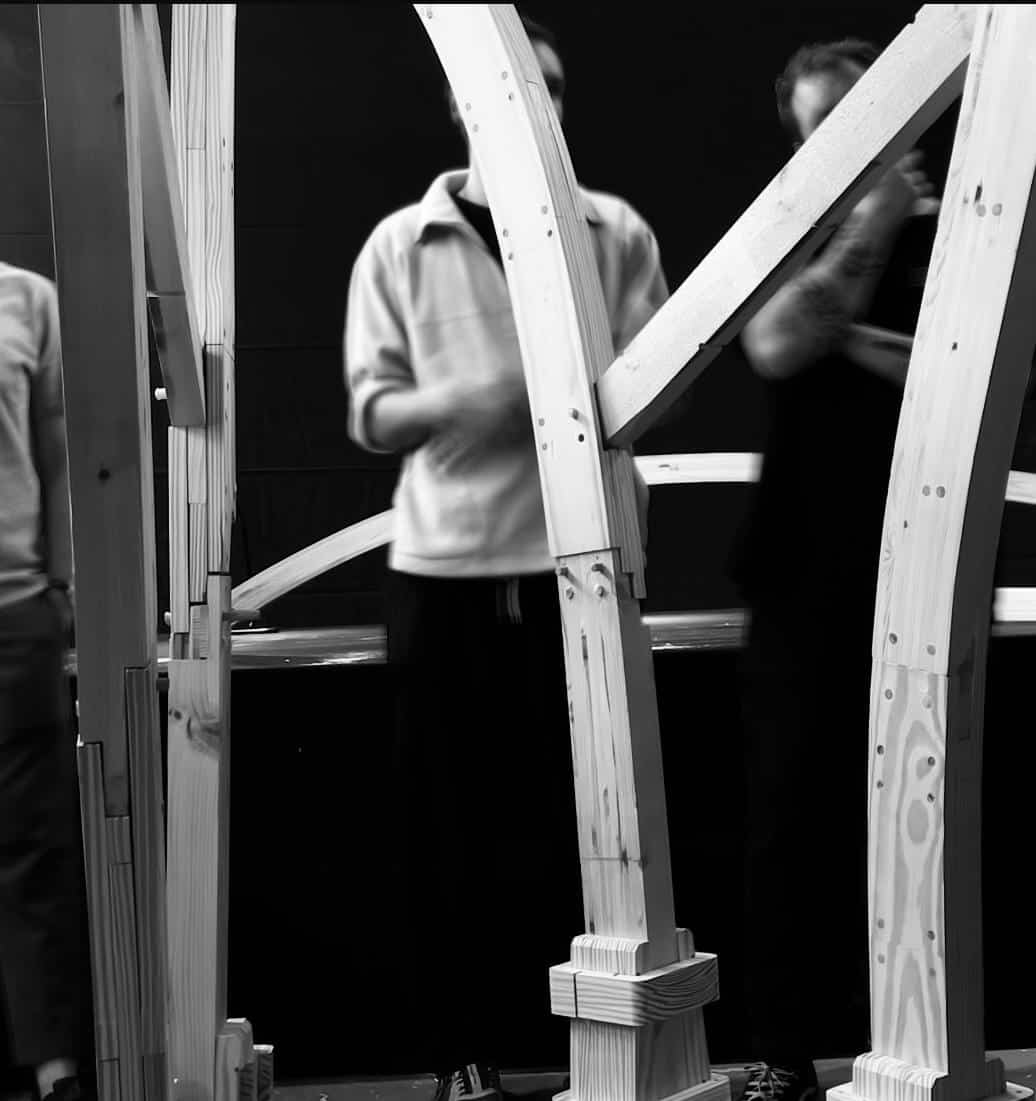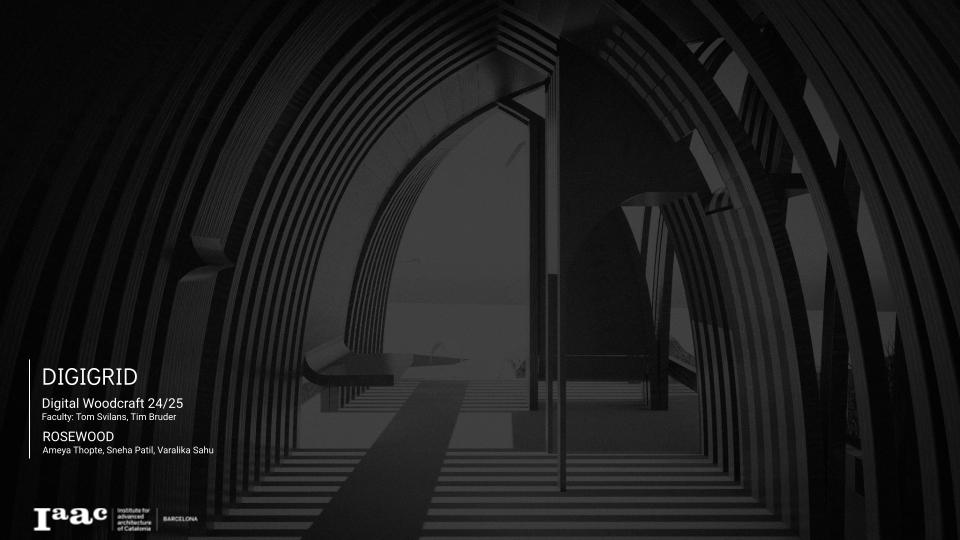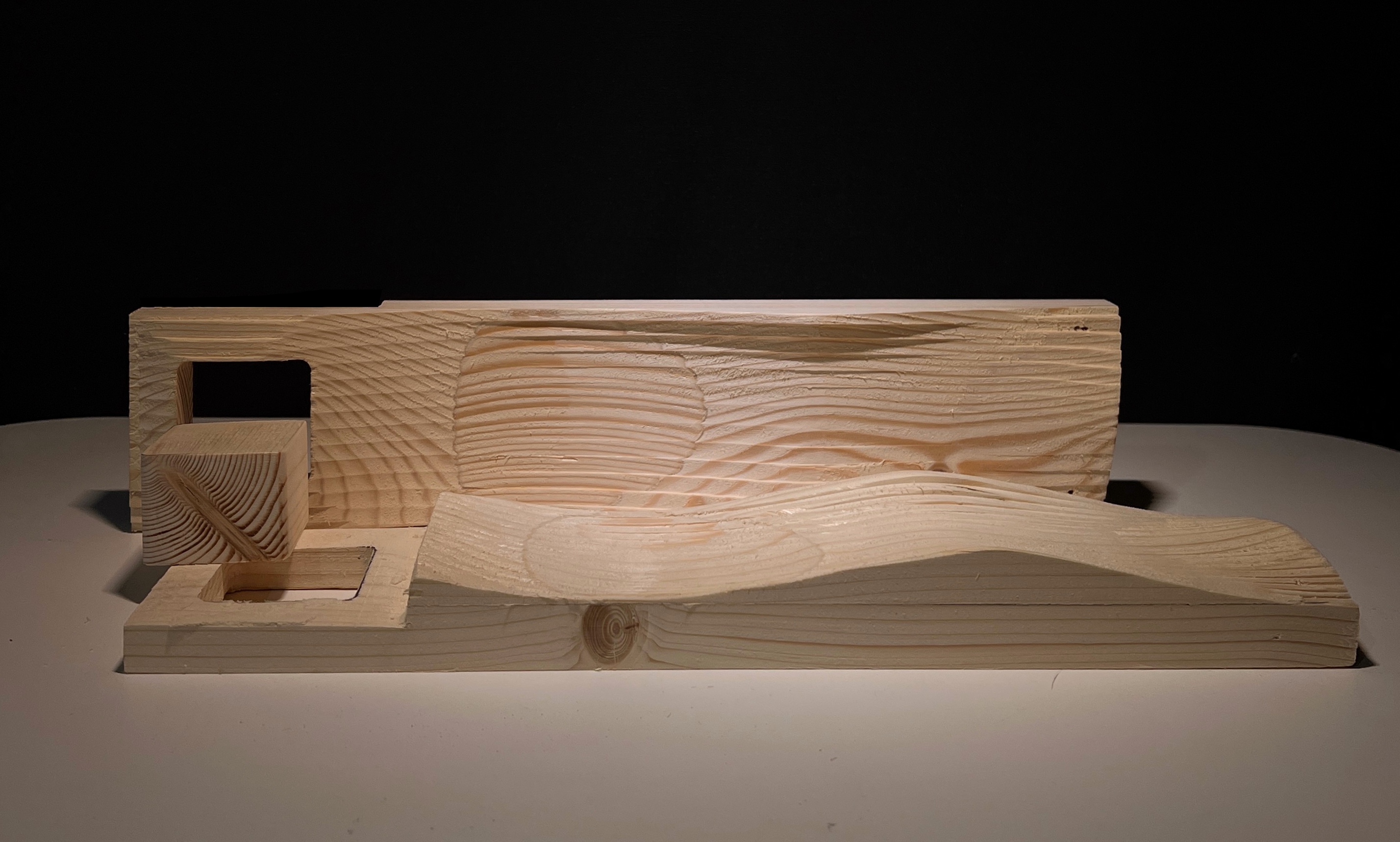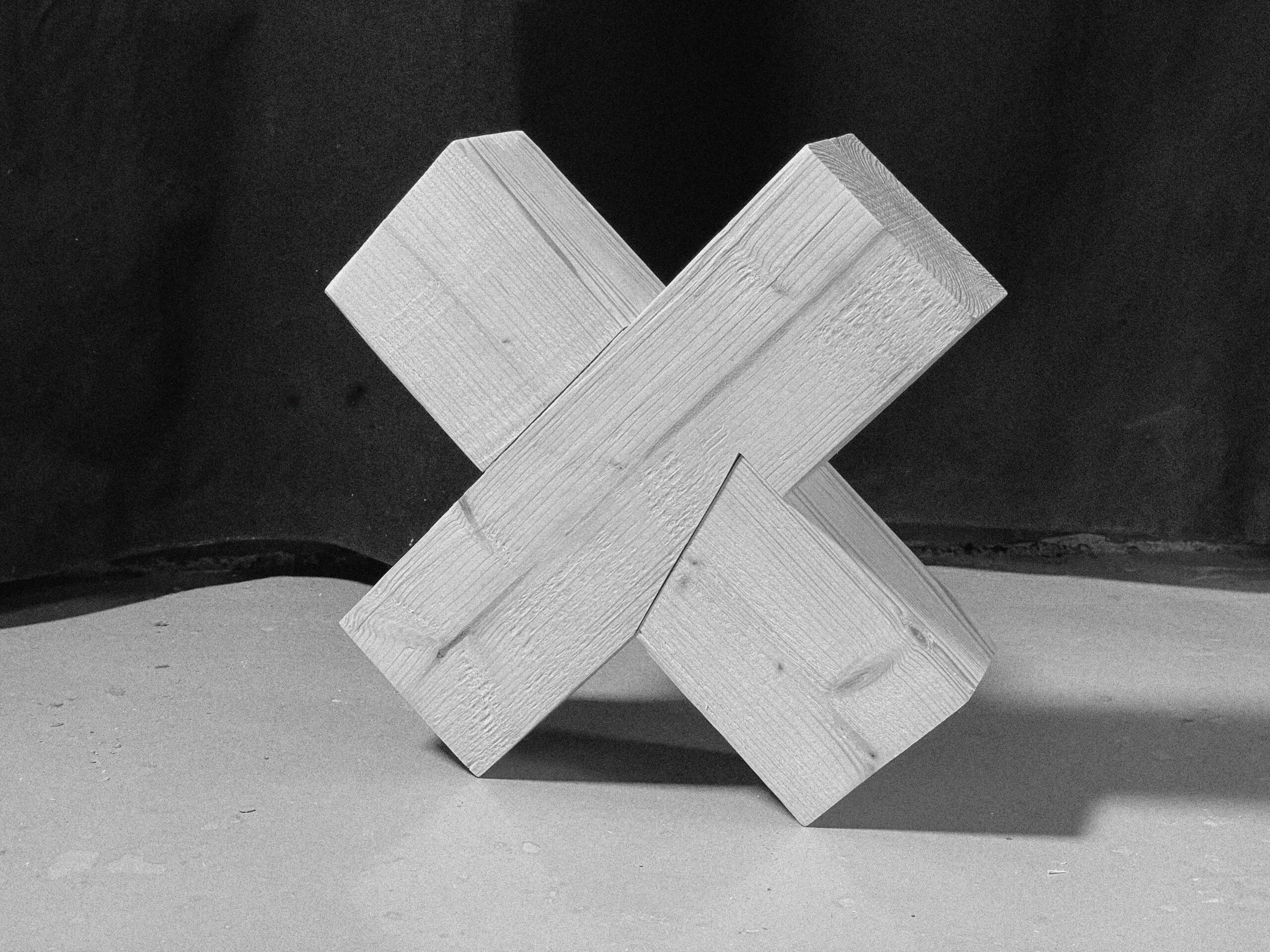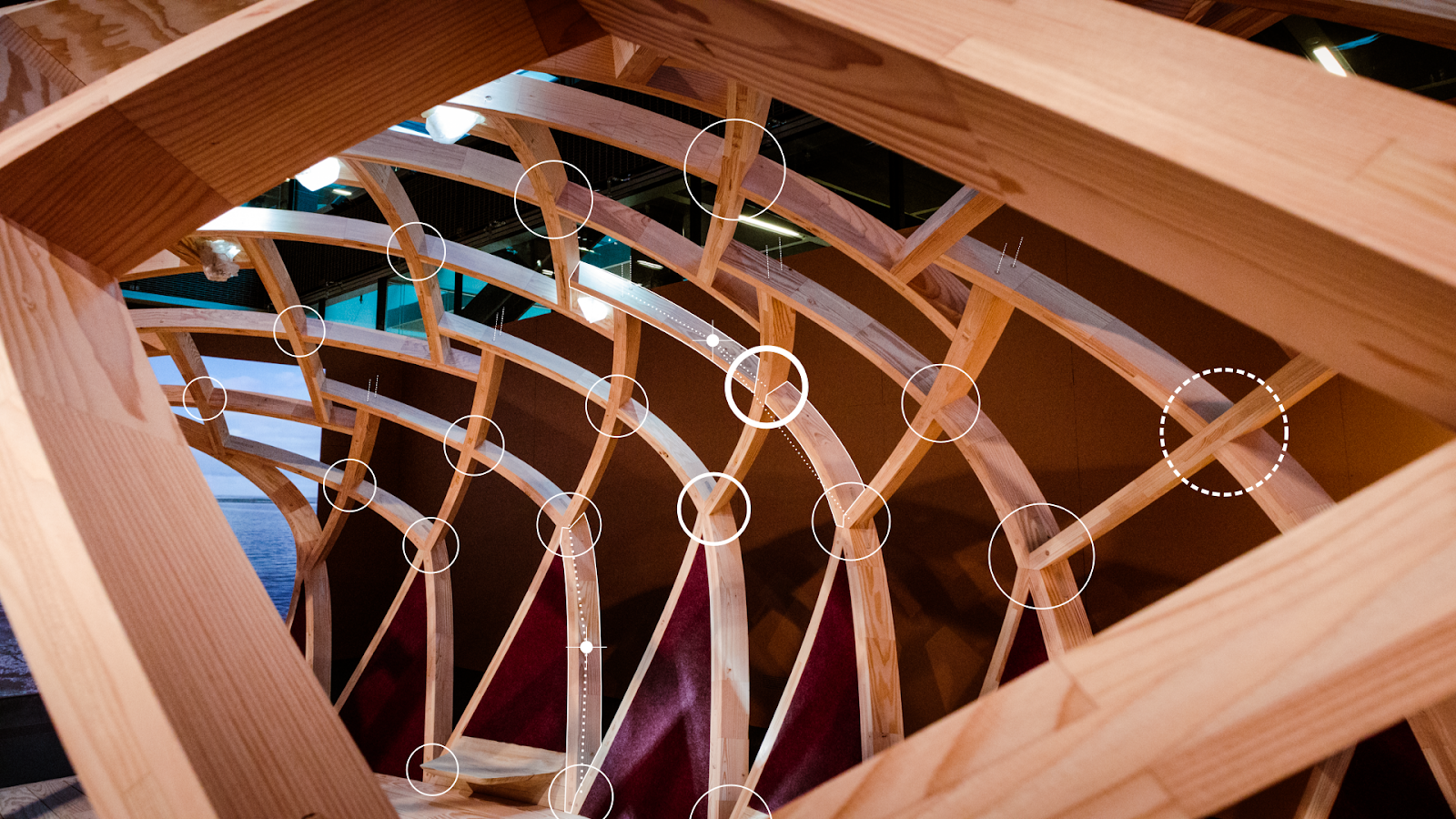
Credits: Marina Spa Prototype – Helen and Hard Architects
The Timber is one of the oldest building materials and its central role in many craft and construction traditions is obvious. But it is also a fickle and complex material. Its biogenic origins are at the root of this difficulty: long cellular growth in layered and branching fibre topologies results in highly anisotropic behaviour and a very heterogeneous distribution of material properties. Its nature must be understood in order to effectively wield it towards ambitious architectural objectives.
The modern timber industry can be characterised by automation, scale through glue-laminated aggregation, off-site manufacturing, and the pervasive flow of digital information. Digital manufacturing has enabled the precise shaping and forming of timber elements and their assembly into complex and demanding configurations.
This seminar focuses on the challenges and opportunities of digitally fabricating timber architecture. Students will engage with the current state of the art in timber design and digital fabrication in order to begin the development and articulation of an individual material practice. Through hands-on work and digital modelling, they will explore how digital processes can be used to craft wood elements, addressing the complexities of its behavior and variability. Students will develop a deeper understanding of wood as a material – its affordances and constraints – and apply this knowledge to create physical prototypes of speculative architectural conditions. The translation of architectural concepts into machining strategies will be the basis for a reconceptualization of wood craft as a skillful manoeuvring of variable material behaviour and precisely structured data.
Learning Objectives
At course completion the student will:
- Articulate and demonstrate the concept of «digital woodcraft» in an individual design practice.
- Demonstrate a decent competency in the tools of digital woodcraft: digital modelling and fabrication.
- Articulate a critical position in the broad field of timber design, architecture, and construction.
- Demonstrate an understanding of digital design-to-fabrication workflows.
- Understand the basic principles, constraints, and concerns in timber fabrication and construction.




